Caries treatment
Symptoms and stages of caries
The vast majority of patients whom the doctor diagnosed caries at the appointment did not even suspect the presence of a problem. The carious process can develop asymptomatically for years.
The stages of caries are divided into
- Acute caries
- Chronic caries

Acute caries is the main problem faced by a therapist in everyday practice. The only rational treatment of this type of caries is the preparation (sawing) of the affected tissues to the level of healthy ones and closing the cavity with an airtight material.
The best material today is a photo composite with modern adhesive systems that chemically combine photopolymer restoration with the tooth’s inner tissues.
Chronic caries is rare since several conditions are required for its formation. If you look biologically, chronic caries is a protective reaction of the pulp (vascular-nerve bundle).
The purpose of this is to slow down the spread of microorganisms on the internal hard tissues of the tooth and to prevent the process of the impression of the pulp itself.
For this, substitute dentin is produced, which turns the peri pulpal tissues into a very dense vitreous mass, in which there are no biological tissues, which are a source of nutrition for microorganisms, and the replacement of the nearest parts of the nerve with this tissue. In the presence of chronic caries, this is good luck for the patient, as it is a natural protective reaction.
So far, no doctor or drug has achieved better results in treating caries than one’s own body.
According to the depth of caries lesions, they are divided into:
- Initial caries (stain stage)
- Surface caries (the presence of a cavity within the enamel)
- Medium caries (cavity reaches the level of transition of enamel into dentin)
- Deep caries (the hole reaches the deepest parts of the dentin and is located directly around the pulp)
Caries in the staining stage are a common phenomenon. The initial impression is light (milky), but patients often do not pay attention to it. There are no symptoms in this stage except visual ones.
Treatment of this type of caries can only be prepared since the primary lesion is still microbial penetration of enamel. Therefore, all infected tissue must be removed.
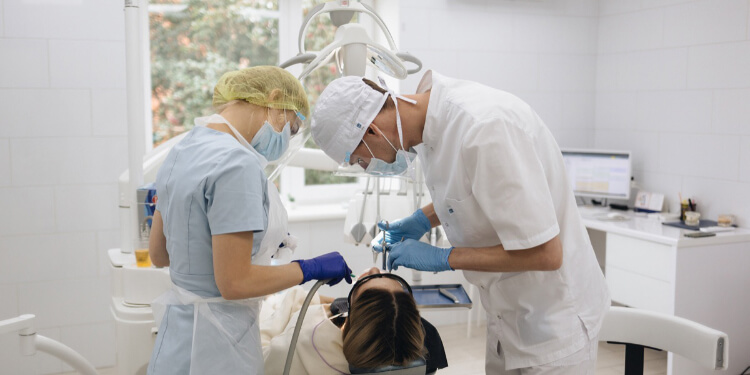
Surface caries is a process in the thickness of the enamel. Asymptomatic. Outwardly, it looks like a spot, light or light brown. It differs from the initial one in that the affected tissues are easily removed with hand tools or the presence of visual roughness of the tissues.
Initial caries is a process on the enamel surface. Asymptomatic. It looks like a white or milky spot. Does not come off during instrumentation with hand tools.
Medium caries is often asymptomatic, or the patient may notice a slight irritation from cold and hot, which quickly passes. The cavity is not visible from the outside, but it is possible to see the darkening of the part of the tooth, which is precisely what patients most often refer to.
Deep caries is a process that requires more careful preparation, as there are significant risks of pulp infiltration. In the case of deep caries, it is always advisable to use a biological filling material with calcium content to protect the nerve and create the conditions for stimulating the natural protective reaction of the pulp by releasing protective dentin.
Let’s talk about the symptoms by which the patient himself can recognize dental caries:
- Discomfort when eating sweet and sour, pain when cold or hot food hits the tooth, which quickly passes
- The tongue feels the roughness of the enamel;
- The appearance of white or dark spots and black dots on the enamel.
- Food stuck between the teeth.
- When using dental floss, it fibres or tears; this may be a sign of the development of a carious process on the lateral surface of the tooth.
You should visit a dentist if you notice any of the above symptoms.
A late visit to the doctor can lead to caries complications, namely:
- Pulpitis is an inflammation of the pulp (the pulp is the nerve that feeds the tooth).
- Periodontitis – inflammation of periodontal tissues (tooth ligament).
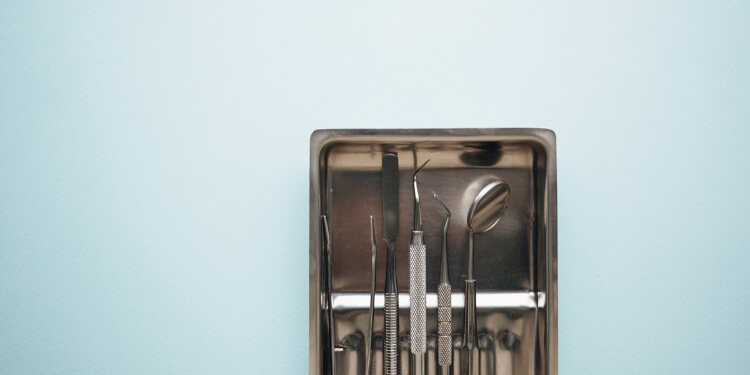
What to do to prevent caries?
Recommendations of dentists:
- brushing teeth every morning and before going to bed, the duration of the procedure should be at least 2 minutes;
- use of dental floss brushes for cleaning and removing food residues in narrow interdental spaces;
- professional teeth cleaning in dentistry every 3-6 months.
Caries treatment
After the diagnosis, caries treatment begins. First, under anaesthesia (local anaesthesia of the tissues or, in simple words, an injection), tissues affected by caries are removed. All this happens exclusively under a microscope to achieve maximum accuracy.
Next, a unique rubber dam scarf is worn, which protects the tooth from the ingress of saliva, which reduces the risk of secondary caries. Next, a special gel is applied to the tooth, which is then washed off, then dental glue is applied, and then filling material is used layer by layer, each portion of which is carefully illuminated with a photopolymer lamp.
After installation, the seal is polished and polished. A mandatory stage of caries treatment is a photo protocol, which shows what the tooth looks like before, during and after the intervention.
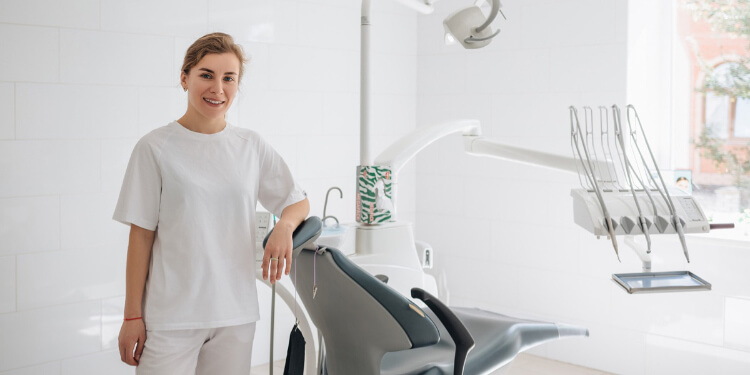
Alternative methods of caries treatment
Today, there are alternative methods of caries treatment:
- Impregnation method
- Powder method of treatment
- Laser treatment
The impregnation method treats caries with the help of liquids that diffuse into the thickness of the enamel and replace the affected tissues. This method is valid only for initial caries because the diffusion of special fluids can be to a small thickness.
This method is not suitable for the treatment of superficial and deeper caries since it (the way) does not remove the main factor – microbial infection of complex tissues.
The powder method of treatment (Sandblaster or others) is possible only as an additional tissue removal method with diamond burs or laser. Unfortunately, more than the device’s power is needed to remove potentially damaged enamel, and the lack of a selective process for removing damaged dentin does not allow us to speak about the quality of this method.
Laser in dentistry is the next step in treating caries and various types of surgical and endodontic work. The dental laser can remove only the affected tissues while keeping them completely intact.
That is a perfectly selective treatment for the tooth. The laser has different programs for each type of defect and adapts to every kind of tissue, which is critical for preserving the nerve (pulp) and the required therapy method. For the laser method, orthopaedic treatment is an exception.
The correct approach to treating most types of caries is the best way to prevent the development of nerve inflammation and complications in the form of periodontitis.
This approach includes the correct tooth isolation with a rubber dam system, using correct burs, or in the best case, a dental laser. In addition, we understand under which conditions we choose one or another material, when we can restore a tooth with a photo composite, and when it is appropriate to use a ceramic restoration.
And especially today, it is impossible to treat caries at any stage without an operating microscope properly!
Before treatment
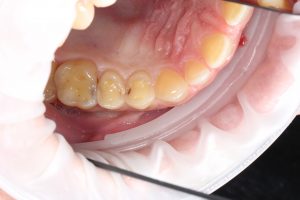
In the preparation process
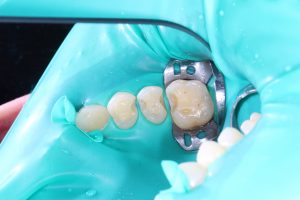
After treatment
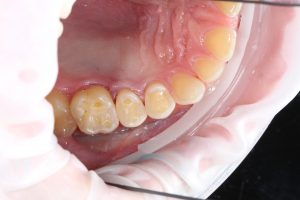

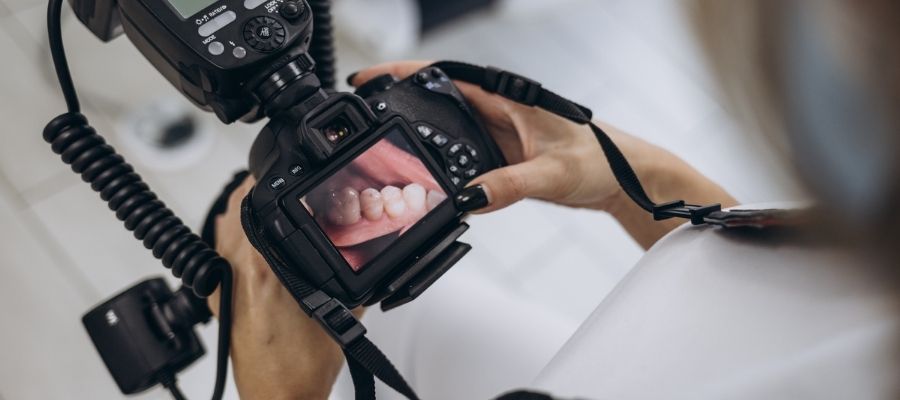

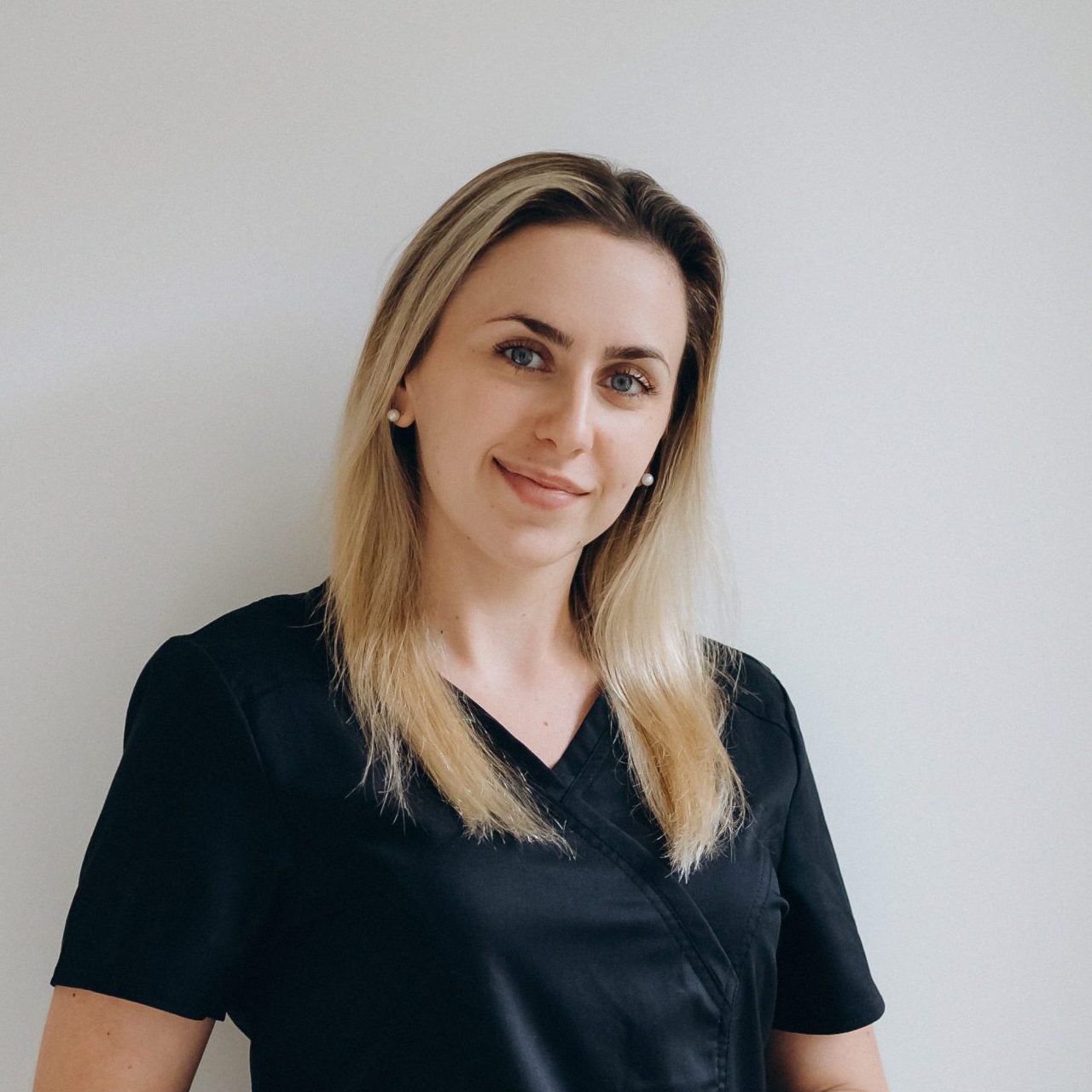
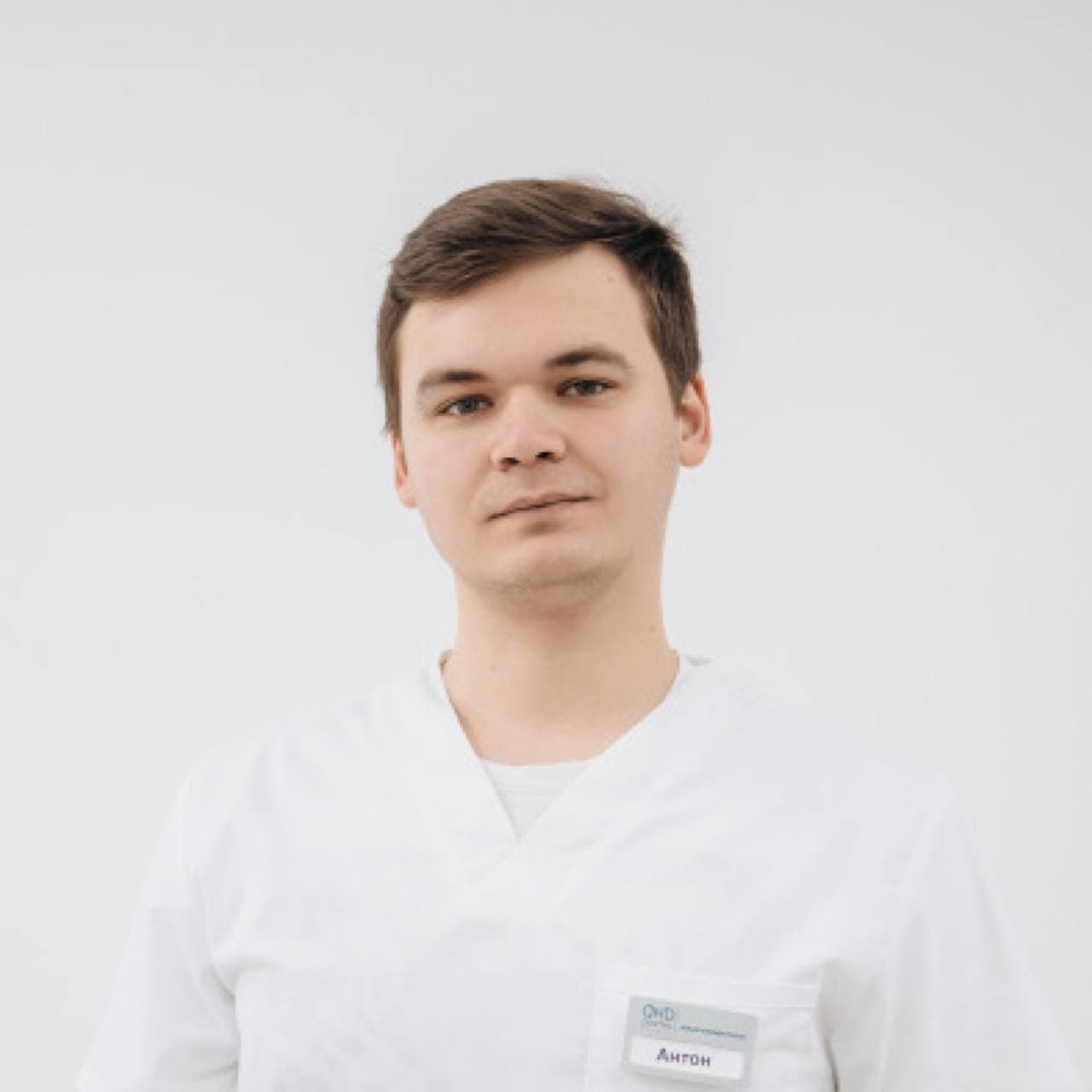
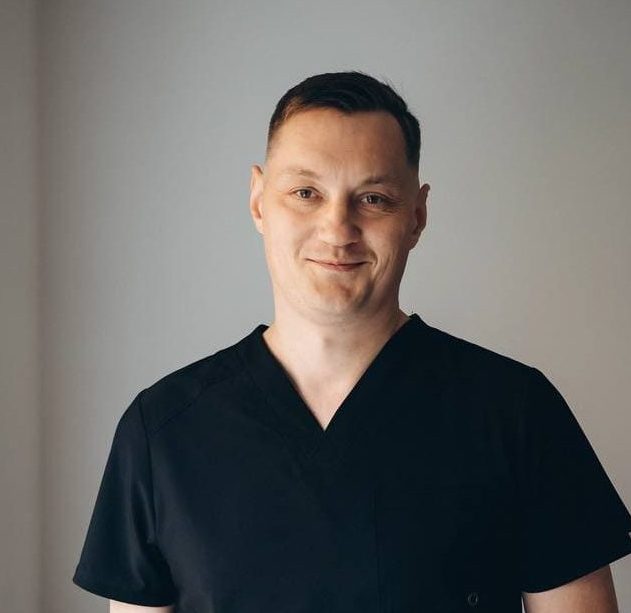
Leave a Reply